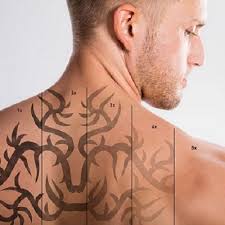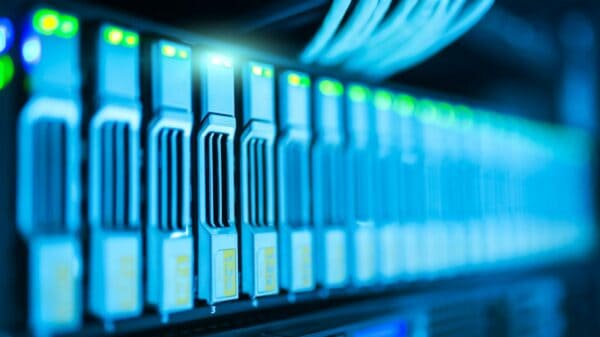If you have ever engaged with a product, service, website, or app, you have experienced what is technically known as ‘User Experience’ (UX). From there, it becomes a tad easier to understand UX design. Nonetheless, allow us to explain: UX design refers to designing offerings that are effective, easy to use, and enjoyable for the end users. This is why every single aspect of the user’s interaction with a given product or service, starting from the discovery phase to the ongoing use and support experience, is all encompassed under the umbrella of UX design.
Understandably, UX design has come to play a crucial role in various sectors across the digital ecosystem, which holds for IoT as well. UX design has been critically important in the IoT product development process for several reasons. For starters, IoT ecosystems are generally comprised of several interconnected devices and services, and without UX design, seamless integration and interoperability of these components would not be possible. After all, users must be able to navigate between devices and access data effortlessly, right? Oh, and let us not forget that many IoT devices allow users to control them remotely nowadays. In this regard, UX design is essential to ensure that the aforementioned remote control interfaces are responsive, reliable, and secure in equal measure.
Essential Considerations For UX Design In IoT
If you are planning to kick off the IoT product development process, here are some UX design factors you should keep in mind.
- Consistency: An excellent way to deliver a top-notch UX is by ensuring consistency across the user interface (UI) and interactions. This means users should be given a uniform experience when engaging with different IoT devices and platforms within the same ecosystem.
- Security and privacy: It may sound redundant, but we will say it nonetheless: security is paramount in IoT since IoT devices and services often collect and store sensitive user data. For this reason, the UX design must also integrate robust security features, such as secure authentication, data encryption, and access controls, albeit without compromising on usability.
- Comfortability: It does not take a genius to realize that IoT devices should be comfortable to use, even for people who do not have extensive technical experience. So, steer clear of jargon and work towards designing interfaces that are simple to use and navigate.
- Ease of use: No matter the user’s experience with technology, the idea is that IoT devices and services should be easy to learn and use for everyone, even those using IoT devices for the first time. So, make use of intuitive design patterns and also provide clear instructions.
- Scalability: IoT ecosystems should be able to expand by adding more devices and services. One must build systems that can handle increased traffic and data loads and be easily updated and expanded.
- Flexibility: IoT users have diverse needs and preferences, so ensure that the UX caters to a broader audience via options for personalization, adaptability, etc.
Final Words
UX design in the IoT realm is more critical than ever. As IoT applications proliferate, ensuring a seamless and user-friendly interaction between humans and connected devices is essential. By prioritizing factors like usability, accessibility, security, and scalability, businesses can create IoT solutions that meet user expectations and drive adoption and success in this rapidly evolving landscape. Tending to these factors in your IoT UX design will help you create a seamless, secure, and user-friendly experience. In the IoT ecosystem, an exceptional user experience is the gateway to unlocking the full potential of connected technologies and reaping their benefits.
A professional and security-oriented programmer having more than 6 years of experience in designing, implementing, testing and supporting mobile apps developed. Being techno geek, I love to read & share about the latest updates in technology including but not limited to IoTs, AI, application development, etc. In my free time, I like to play football, watch movies and explore new places. I have been learning mobile app development since 2012. With having a good understanding of programming languages, I develop native as well as web apps for both iOS & Android using latest tools & technologies. I am also having experience in both front-end & back-end development.
























































































































































































